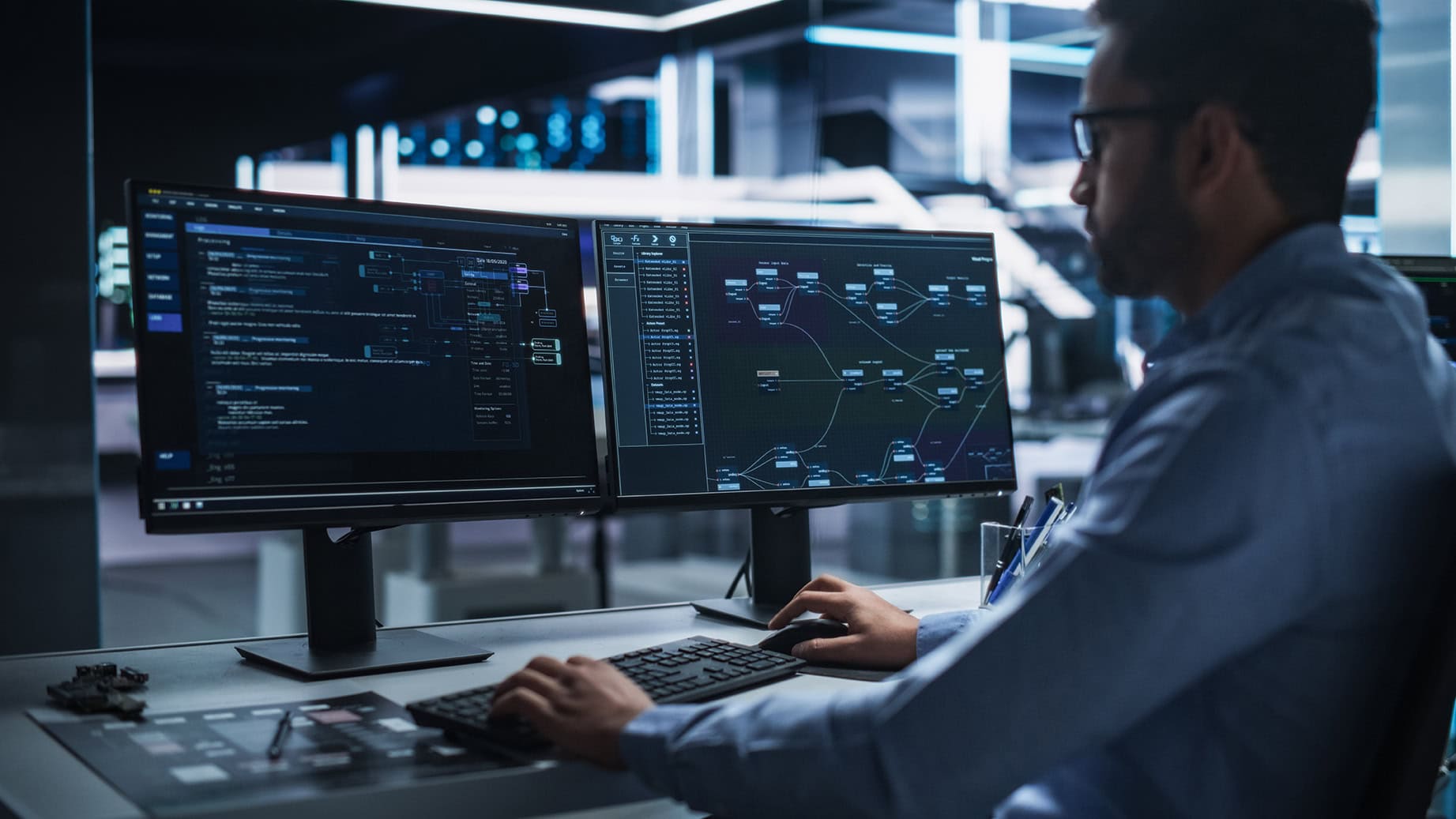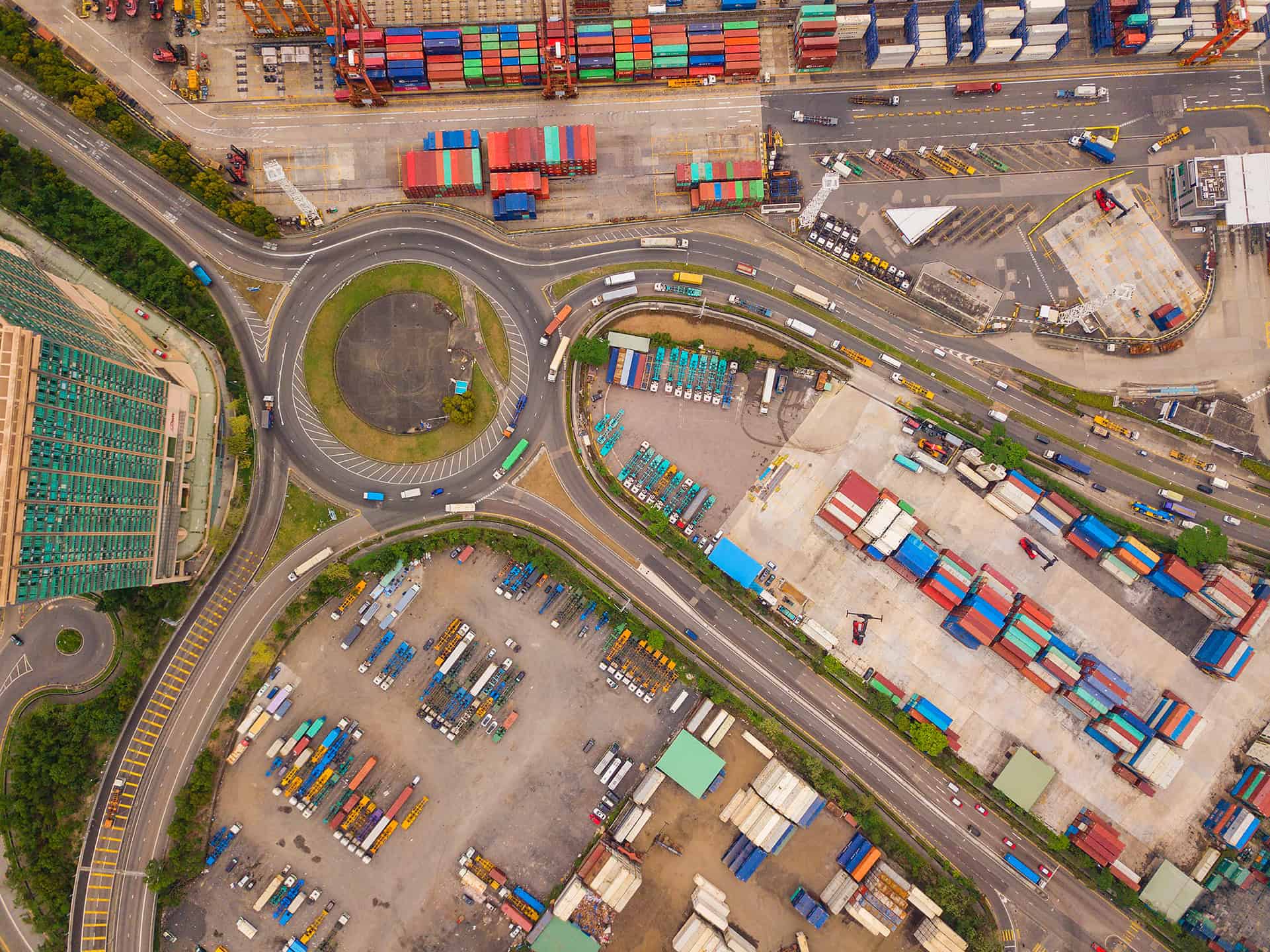
According to the latest research from NC State’s ERM Initiative, third-party and supply chain risks have vaulted into the top tier of executive concerns for 2025. Why? Because the threats are coming faster, hitting harder, and originating from outside your four walls. Your suppliers, technology partners, and even the cloud platforms you rely on can become the source of your next crisis.
Disruptions are now structural, not episodic. A single weak link in your global network can send shockwaves through your entire operation—impacting everything from production schedules to brand reputation. The old playbook of reacting to the occasional “black swan” event just doesn’t cut it anymore.
Control tower technology has emerged as the answer. But what exactly makes a supply chain control tower effective, and how can you choose the right solution for your organization?
What is supply chain control tower technology?
Supply chain control tower technology creates a centralized command center for your entire network. At its core, it:
- Gathers and visualizes supply chain data
- Analyzes disruption effects across your entire network
- Provides actionable recommendations before problems escalate
- Automates responses to routine issues
Think of it as air traffic control for your supply chain. Just as airport control towers monitor aircraft movements, coordinate responses to weather delays, and optimize flight paths, supply chain control tower solutions track shipments, inventory, and supplier performance while orchestrating responses to disruptions.
The control tower technology architecture debate
The control tower market reflects three different architectural approaches, each with distinct advantages and drawbacks:
- Overlay solutions can be quickly implemented and sit on top of existing systems without displacing current investments. However, they lack deep integration, scalability, and responsiveness.
- Platform-based approaches embed control tower functions directly into broader supply chain platforms for a unified experience and can offer advanced analytics. It may take longer to implement.
- Convergence solutions position control towers as agile orchestration hubs that connect planning and execution in single environments. They have a complex implementation process and high upfront investment.
Curious about how to choose the right control tower for your business? Keep reading. We’ll get into that later in this blog.
Three current trends driving control tower technology development
As global supply chains grow more complex and volatile, control tower solutions are evolving rapidly to meet new demands. Here are three current control tower technology trends:
1. Supplier network visibility
Visibility is the cornerstone of any effective control tower – and the definition of what supply chain visibility means is expanding. Control tower vendors are offering stronger mapping tools, risk dashboards, and compliance reporting to support regulations like the EUDR and UFLPA that require supplier traceability to the nth tier.
2. AI and ML
Artificial intelligence has become a foundational element of modern control tower platforms and is a major driver in the development of the technology. Predictive analytics, automation, anomaly detection, and specialized agents help support different operational roles.
3. Scenario planning
Trade uncertainty makes what-if analysis more important than ever. Modern control towers can help support complex scenarios with risk modeling and test potential changes within the supply chain before implementation for improved decision.
The business case for control towers: 4 measurable value areas
Control tower technology delivers practical business value. Organizations achieve measurable ROI through:
- Reduced manual effort – Automated monitoring, exception handling, and supplier communication eliminate repetitive tasks.
- Accelerated response times – Real-time visibility and scenario modeling enable faster decision-making when disruptions occur.
- Strengthened resilience – Multi-tier visibility, external risk signals, and predictive analytics help prevent problems before they escalate.
- Improved collaboration – Shared data models and partner networks enhance coordination with suppliers, carriers, and customers.
How to choose the right control tower solution for my business
Selecting the right technology is a strategic decision that can significantly impact your supply chain. To make an informed choice, consider the following key factors:
1. Current tech stack & integration capabilities
Before diving into features and functionality, assess how well a control tower solution fits within your current technology system. Ask:
- Is my current system architecture modular or monolithic?
- How seamless would the integration be?
- Does the platform support real-time data exchange?
A well-integrated control tower should enhance, not disrupt, your current operations and align with your long-term digital transformation goals.
2. Business goals
Clarify the primary objectives for your control tower investment. Look at:
- Ease of collaboration: Do you need improved collaboration across internal and external teams, suppliers, and partners? Look for features like a partner network, unified applications, and shared dashboards.
- Automation and AI-enabled features: Are you aiming to reduce manual tasks and improve decision-making speed? Prioritize solutions with AI-driven alerts, automated workflows, and predictive analytics.
- Compliance & risk management: If regulatory adherence or risk mitigation is a priority, ensure the solution offers documentation management and compliance tracking capabilities.
Aligning the technology with your business goals ensures the investment delivers measurable value.
3. Partner ecosystem & supply chain complexity
The more complex your supply chain, the more robust your control tower tech must be. Consider:
- How many partners, regions, and modes are involved? A global, multi-modal supply chain demands a solution with broad data ingestion capabilities and multilingual, multi-currency support.
- Can the solution scale with your ecosystem? Whether you’re managing hundreds of suppliers or expanding into new markets, the control tower should grow with you.
- Does it support secure collaboration? Look for platforms that enable secure data sharing and visibility across your extended network.
4. Budget & timeline
- What is your budget for implementation and ongoing support? Some solutions offer modular pricing, while others require more significant upfront investment.
- How quickly do you need results? If speed is critical, consider solutions with rapid deployment capabilities.
- What internal resources are available? Factor in the time and expertise needed for onboarding, training, and change management.
Why choose e2open control tower technology
Nucleus Research recognizes e2open as a Leader in the 2025 Control Tower Technology Value Matrix. Here’s what sets us apart:
Unified platform architecture
E2open’s control tower is built on a unified platform that integrates planning, execution, logistics, trade, and supply functions. Unlike overlay solutions or embedded approaches, e2open delivers seamless orchestration through integrated applications that share common data models.
Massive partner network
The e2net network connects more than 500,000 partners across manufacturing, logistics, and distribution, enhancing collaboration and visibility. This enhances collaboration, improves visibility, and speeds up onboarding for new alliances. The platform normalizes data from both internal systems and external partners, enabling all stakeholders to work against a shared, integrated data model.
Supply Network Discovery
E2open’s Supply Network Discovery enables brand owners to conduct multi-tier supplier discovery, relationship mapping, and BOM-level traceability. This functionality supports due diligence, risk mitigation, and compliance with ESG-driven regulations including the UFLPA and EU Deforestation Regulation.
Layered control tower capabilities
Our control tower capabilities extend beyond the main platform with specific modules for risk, direct material, logistics, sourcing and production, and manufacturing. These capabilities allow organizations to anticipate and respond to disruptions by automatically detecting interruptions, measuring shortages and service gaps, and offering supply sensing insights across internal and partner operations.
Embedded ESG data
E2open’s multi-enterprise network provides the data needed to meet ESG goals, enabling sustainable decision-making across global supply networks.
The future of control tower technology
Control tower technology continues to evolve to address global supply chain pressures. Deeper visibility, embedded compliance, and tighter links between planning and execution define the next generation of solutions.
Organizations that invest now position themselves for competitive advantage. As supply chain complexity increases, control tower technology becomes essential infrastructure for operational excellence.
The market momentum is clear. Companies are moving beyond reactive supply chain management toward predictive, orchestrated operations that deliver consistent performance despite ongoing disruption. Will you?
Download the complete Nucleus Research Control Tower Technology Value Matrix 2025 to learn more.




